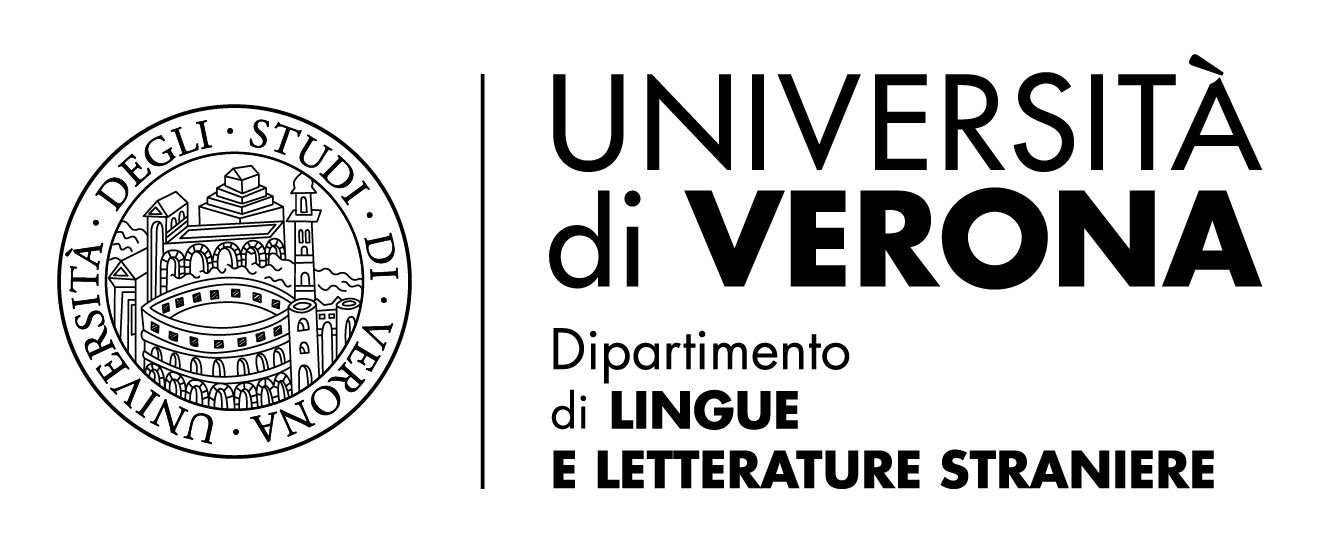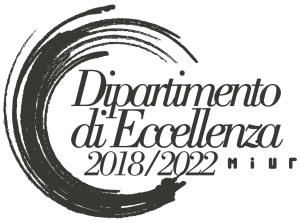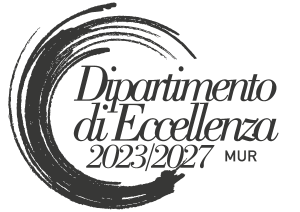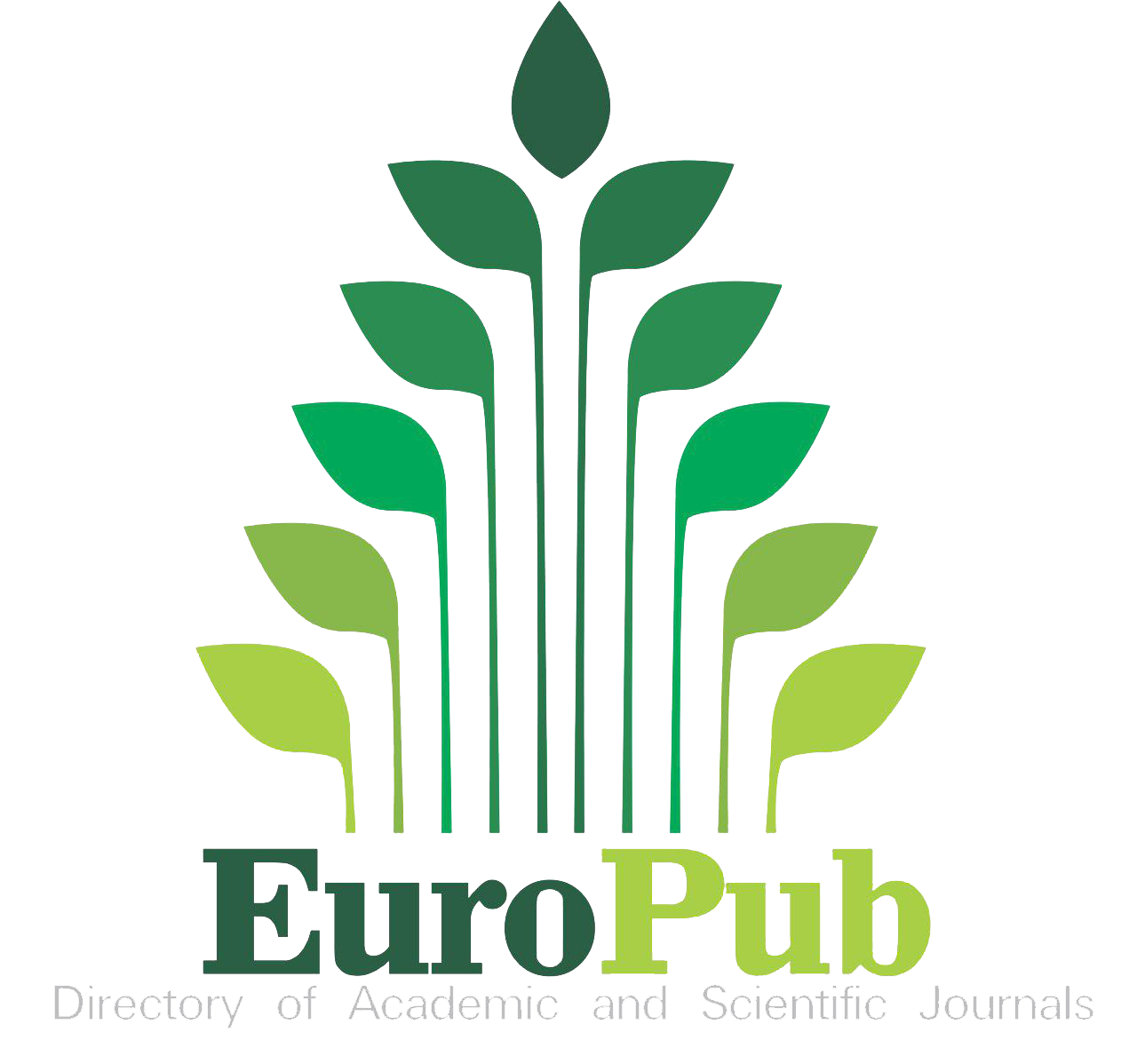Quel giorno a Shongopovi: pensieri e ricordi sui “miei” indiani
DOI:
https://doi.org/10.13136/2281-4582/2017.i9.615Abstract
Italian interest in things American Indian is literally centuries-old. The incorporation of American Indian studies into Italian American Studies, however, is a much more recent phenomenon. It was only in the late 1960’s and then during the 1970’s that Italian scholars of American literature began to take a strong interest in American Indian topics and issues. The essay highlights, from an autobiographical perspective, the historical and institutional circumstances through which American Indian studies became first a legitimate and later an important part of the Italian tradition of American Studies. From his early fascination with the mythic Wild West to his involvement with the “Indiani Metropolitani” movement of the late 1970’s, the author describes how a unique mix of personal, political, and historical factors turned him into a student of contemporary American Indian literature. Writing from an avowed self-reflective perspective, the essay traces the contours and achievements of American Indian studies—and especially American Indian literary studies—in Italy over the past few decades.
Riferimenti bibliografici
Coltelli, Laura. Winged Words: American Indian Writers Speak. Lincoln: University of Nebraska Press, 1992.
Deloria, Philip. Playing Indian. New Haven: Yale University Press, 1999.
Giordano, Fedora. Etnopoetica: le avanguardie americane e la tradizione orale indiana. Roma: Bulzoni, 1988.
Herr, Michael. Dispatches. New York: Avon, 1978.
Jehlen, Myra. “I futuri possibili degli studi americani: ripartire dal passato.” Ácoma. Rivista internazionale di studi nord-americani 22 (2002): 102-112.
Landsberg, Alison. Prosthetic Memory: The Transformation of American Remembrance in the Age of Mass Culture. New York: Columbia University Press, 2004.
Larson, Charles R. American Indian Fiction. Albuquerque: Univ. New Mexico Press, 1978.
Lurie, Nancy Oestreich e Stuart Levine, a cura di. The American Indian Today. DeLand, Fl: Everett/Edwards, 1968. 295-327.
Mariani, Giorgio. “La letteratura indianomaericana.” Ácoma. Rivista internazionale di studi nord-americani 31 (2005): 69-71.
---. Post-Tribal Epics: The Native American Novel Between Tradition and Modernity. Lewiston, NY: Edwin Mellen, 1996.
---. Waging War on War. Peacefighting in American Literature. Urbana: University of Illinois Press, 2015.
---. “Was Anybody More of an Indian than Karl Marx? The ‘Indiani Metropolitani’ and 1977 Movement.” Indians and Europe: An Interdisciplinary Collection of Essays. A cura di. Christian Feest. Aachen: Herodot, 1987. 585-598.
Murray, Laura J. Review “Post-Tribal Epics: The Native American Novel Between Tradition and Modernity.” American Literature, 69.4 (1997): 863-864.
Orlandini, Roberta. “Bringing Contexts Closer: James Welch Rewrites Elio Vittorini's In Sicily.” Western American Literature 42.2 (2007): 165-186.
Owens, Louis. Other Destinies: Understanding the American Indian Novel. Norman: University of Oklahoma Press, 1992.
Ruoff, A. LaVonne Brown. “The Influence of Elio Vittorini's In Sicily on James Welch's Winter in the Blood.”Native American Literatures: Forum 1 (1989): 141-150.
Slotkin, Richard. Regeneration Through Violence: the Mythology of the American Frontier, 1600-1860. Middletown, Conn.: Wesleyan University Press, 1973.
Velie, Alan. Four American Indian Literary Masters: N. Scott Momaday, James Welch, Leslie Marmon Silko, and Gerald Vizenor. Norman: University of Oklahoma Press, 1982.
Vizenor, Gerald. “Preface.” Narrative Chance. Postmodern Discourse on Native American Indian Literatures. A cura di. Gerald Vizenor. Norman: University of Oklahoma Press, 1993. ix-xiii.
Zolla Elémire. I letterati e lo sciamano. Milano: Bompiani, 1969.
Dowloads
Pubblicato
Fascicolo
Sezione
Licenza
Iperstoria è una rivista accademica ad accesso libero.
a. Gli autori e le autrici detengono il copyright e danno alla rivista il diritto per la prima pubblicazione con il contributo sotto licenza Creative Commons BY (4.0) che permette di condividere l’articolo con il riconoscimento della prima pubblicazione su questa rivista.
b. Gli autori e le autrici possono inoltre stabilire ulteriori direttive contrattuali per la distribuzione non esclusiva della versione del contributo pubblicata sulla rivista (es. ripubblicarlo in archivi istituzionali o in un volume), con uno specifico riconoscimento della prima pubblicazione su questa rivista. Chiediamo pertanto agli autori e autrici di contattarci nel caso di eventuali ripubblicazioni.






